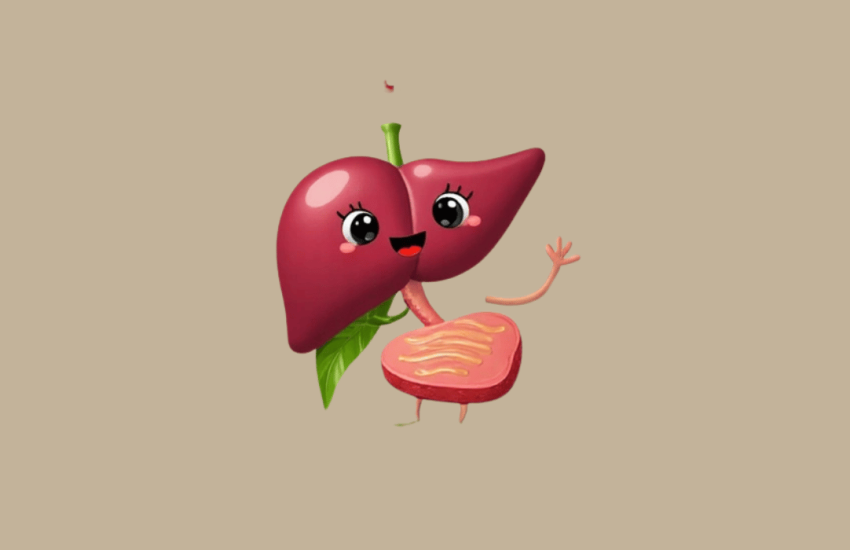Early Symptoms of Lupus: What You Need to Know
Lupus is a common autoimmune disease that can cause a wide range of symptoms, affecting various organs such as the joints, skin, internal organs, and blood vessels. Because its symptoms mimic many other conditions, lupus can be difficult to diagnose. Typically, early symptoms appear in young adulthood and vary in severity and impact from person to person.
This article will discuss the most common early symptoms of lupus and how to manage them.
Common Early Symptoms of Lupus
Lupus occurs when the immune system mistakenly attacks the body’s own tissues, leading to widespread inflammation and a variety of symptoms. The most prevalent early symptoms include:
1. General Fatigue
Fatigue is one of the most common and debilitating symptoms of lupus, especially for women. Many patients experience persistent exhaustion, even after sufficient rest. Engaging in regular light to moderate exercise and taking vitamin D supplements may help manage fatigue.
2. Low-Grade Fever
A mild fever without a clear cause is often an early sign of lupus. Patients may experience recurring low-grade fevers, typically below 101°F (38°C). Seeking medical advice can help in managing these symptoms and preventing flare-ups.
3. Joint Pain and Stiffness
Lupus can cause inflammation in the joints, leading to pain, stiffness, and swelling, particularly in the morning. The severity of joint pain varies, and in rare cases, it may lead to permanent joint damage. Warm compresses may help relieve pain, but persistent discomfort should be addressed by a healthcare provider.
4. Skin Changes
Skin manifestations are among the most recognizable symptoms of lupus. Common skin-related symptoms include:
- Inflammatory Skin Conditions: Lupus can cause inflammation in the small blood vessels near the skin, leading to ulcer-like lesions and rashes.
- Livedo Reticularis: A purplish, net-like discoloration of the skin due to blood vessel inflammation.
- Mouth and Nose Ulcers: Small red ulcers with white borders that appear inside the mouth or nose.
- Purpura: Small purple or red patches on the skin caused by bleeding beneath the surface.
- Raynaud’s Disease: A condition where the fingers and toes turn blue or white in cold temperatures due to restricted blood flow.
- Hives: Red, itchy welts that may persist for over 24 hours. In some cases, lupus causes a distinct “butterfly rash” across the cheeks and nose.
5. Digestive Issues
Lupus can affect the digestive system, leading to symptoms such as:
- Nausea
- Vomiting
- Stomach pain
- Bloating and gas Common digestive issues linked to lupus include acid reflux, esophagitis, and stomach ulcers. Lifestyle changes, such as eating smaller meals, avoiding coffee, and sleeping with the head elevated, can help alleviate these symptoms.
6. Respiratory Problems
Lupus-related inflammation can impact the respiratory system, causing conditions such as:
- Pleurisy: Inflammation of the lining surrounding the lungs, leading to chest pain and difficulty breathing.
- Pneumonitis: Inflammation of lung tissue that may result in shortness of breath and persistent coughing. If a patient experiences severe respiratory symptoms, including chest pain, shortness of breath, or fever, they should seek medical attention immediately.
7. Hair Loss
Hair loss is a common early sign of lupus, often one of the first noticeable symptoms. It may occur due to damage to hair follicles or skin conditions affecting the scalp. In most cases, lupus-related hair loss is temporary.
Other Early Symptoms of Lupus
- Muscle and Tendon Pain: Lupus can cause muscle aches and tendon inflammation, particularly in the elbows, fingers, and shoulders.
- Dry Mouth and Eyes: Some lupus patients develop Sjögren’s syndrome, an autoimmune disorder affecting tear and saliva production, sometimes causing vaginal dryness.
- Thyroid Disorders: Lupus patients have a higher risk of thyroid dysfunction.
- Sun Sensitivity: UV exposure can trigger lupus flare-ups and worsen skin rashes. Using sunscreen is crucial for managing this symptom.
Medical Advice
Recognizing the early symptoms of lupus and seeking medical attention promptly is essential for effective disease management. Early diagnosis and proper treatment can help control symptoms and prevent complications.


